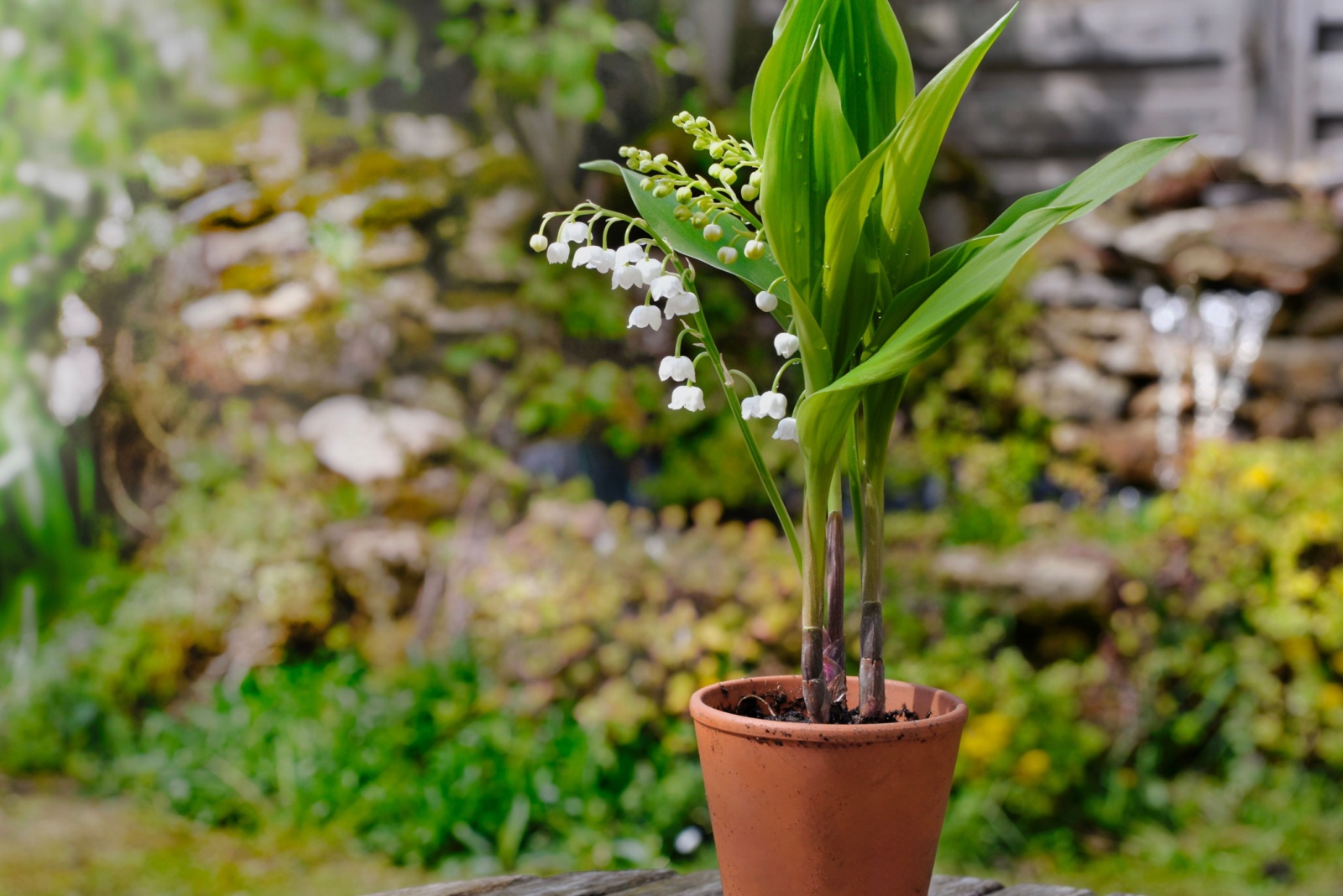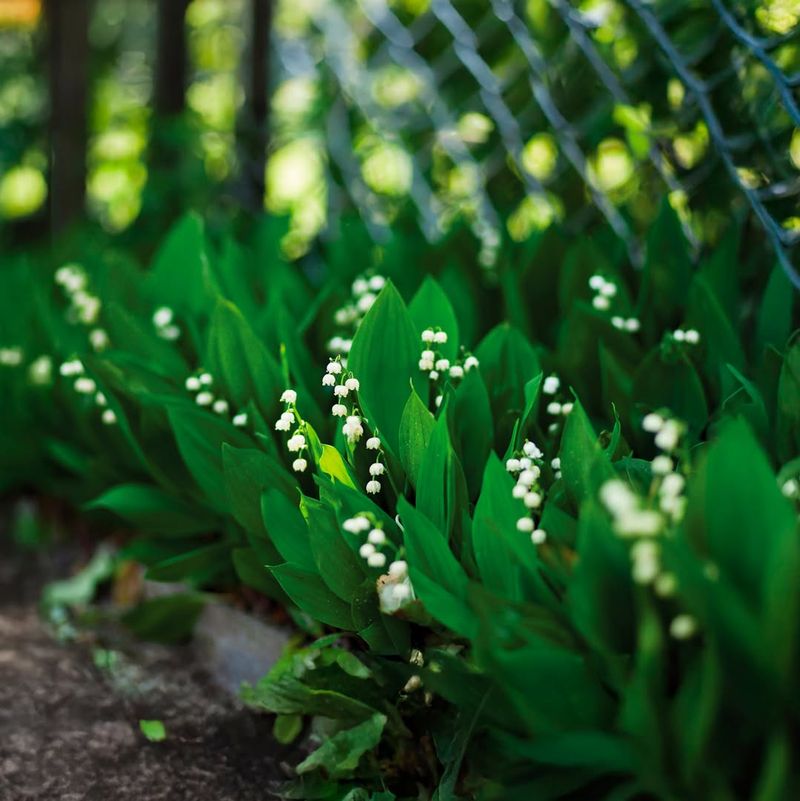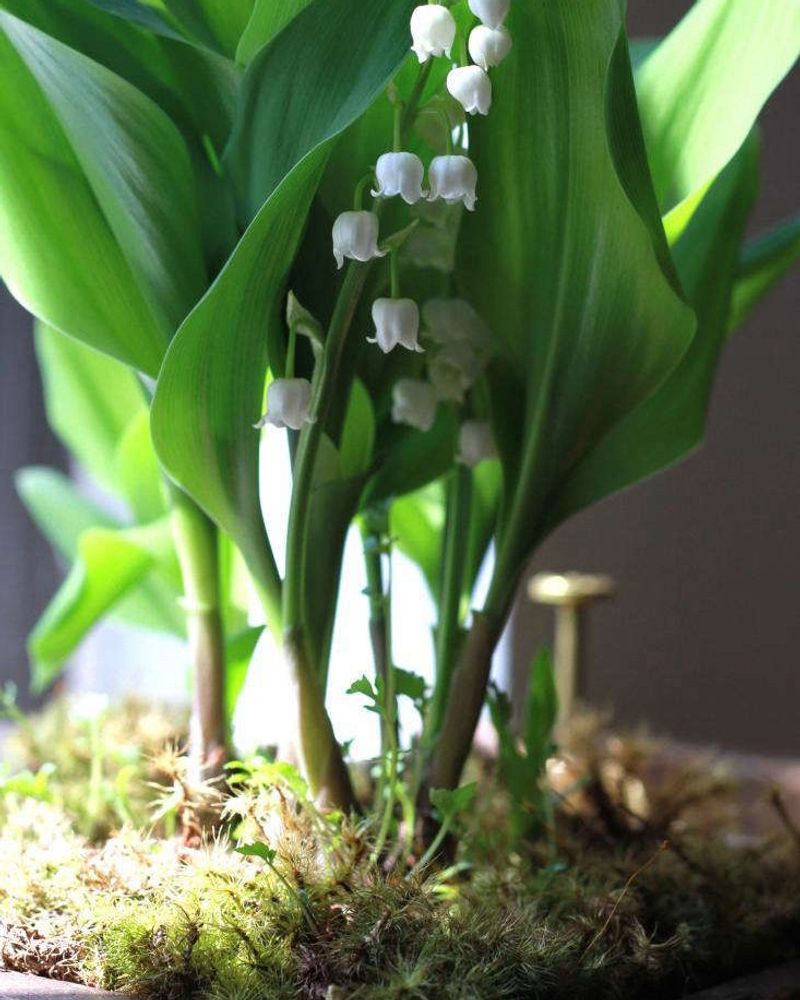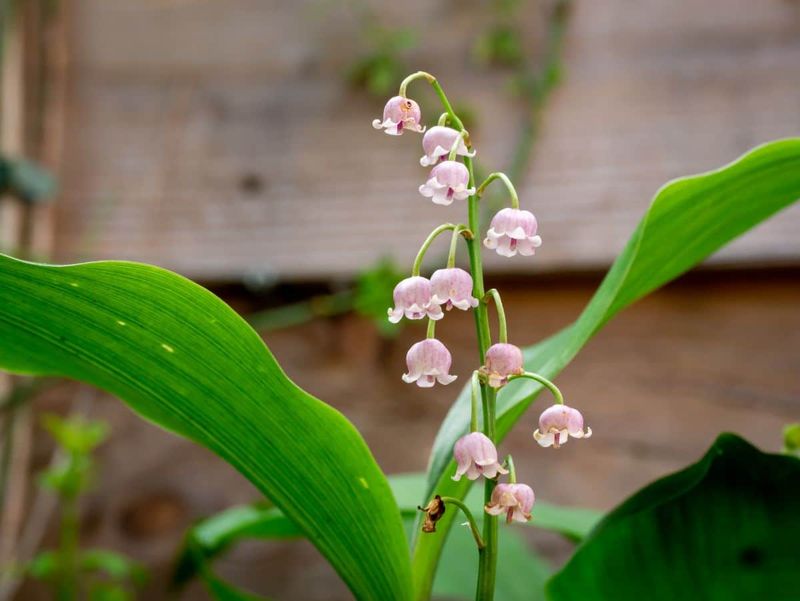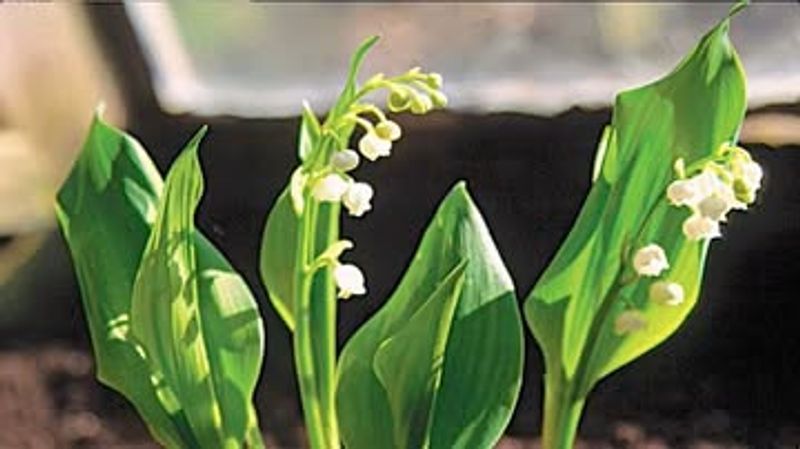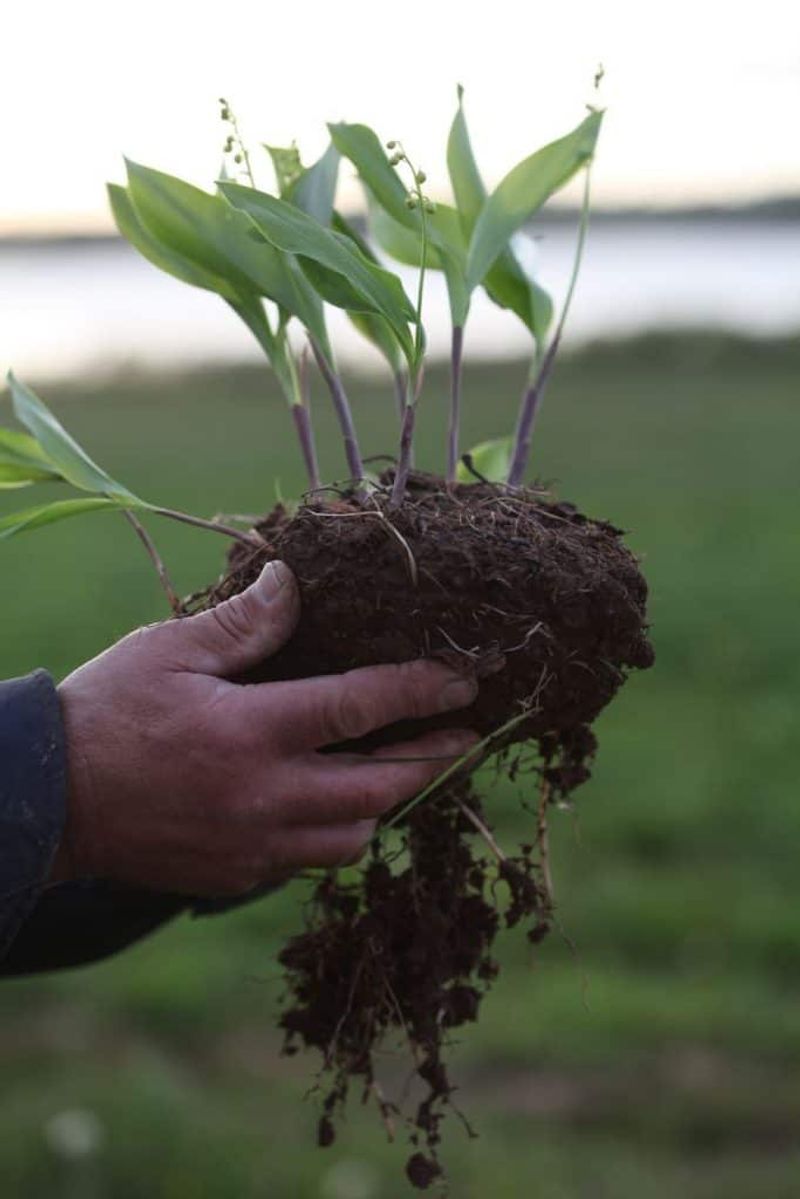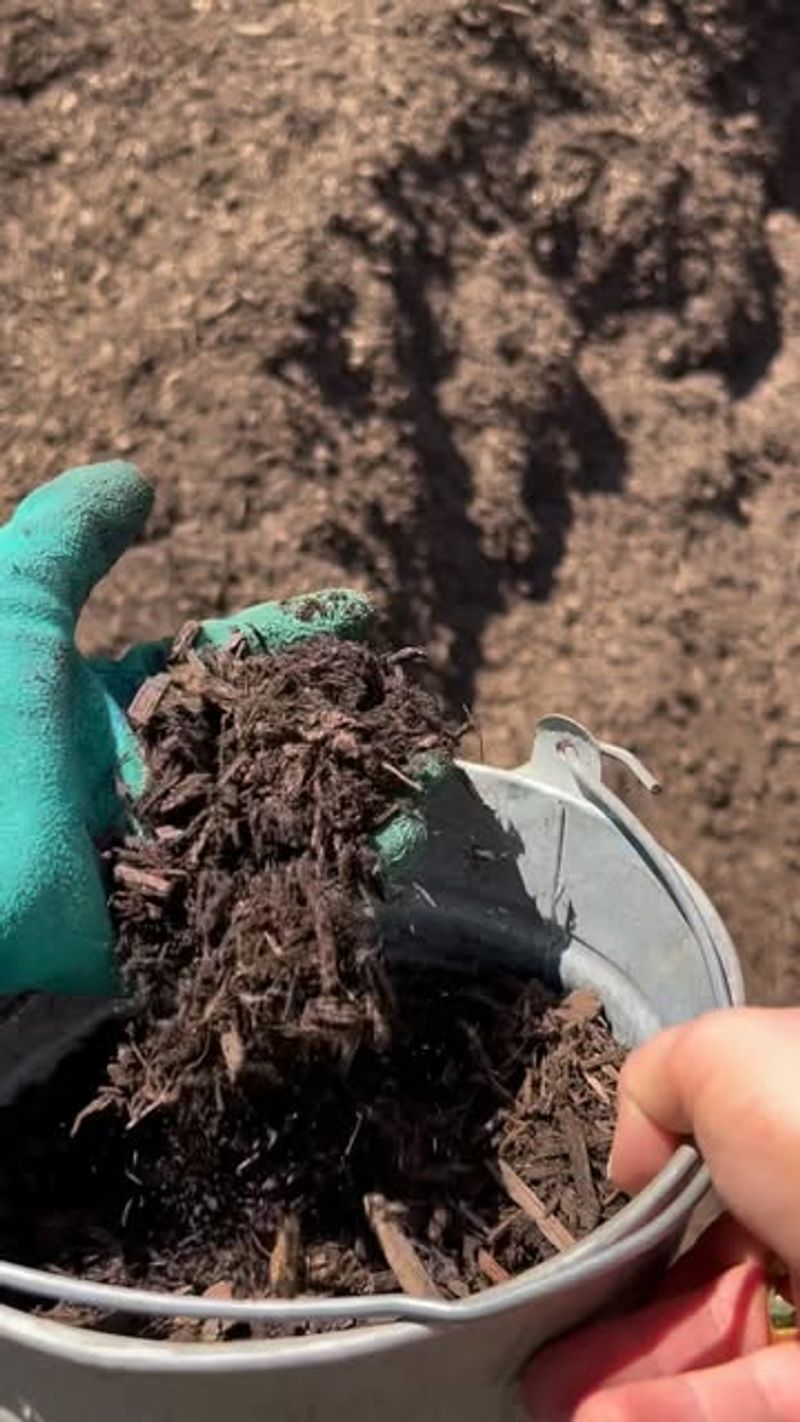Lily of the valley brings charm to Michigan gardens with its delicate white blooms and sweet fragrance each spring. Successfully transplanting this woodland plant requires understanding its needs and Michigan’s unique growing conditions.
Whether you’re moving established plants or starting fresh, these practical tips will help your lily of the valley thrive in its new location.
1. Choose The Right Time Of Year
Early spring or fall offers the best window for moving lily of the valley in Michigan gardens. Cooler temperatures reduce stress on the plants while they establish new roots.
Avoid transplanting during hot summer months when heat can damage delicate root systems. Michigan’s mild spring weather, typically in April or early May, creates ideal conditions for this task.
Fall transplanting works well too, giving plants time to settle before winter dormancy begins.
2. Prepare The Soil Properly
Rich, well-draining soil with plenty of organic matter creates the foundation for healthy lily of the valley. Mix compost or aged leaf mold into your planting area to improve soil structure.
These plants prefer slightly acidic conditions, which naturally occur in many Michigan locations. Test your soil pH and aim for a range between 6.0 and 7.0 for optimal growth.
Good drainage prevents root rot while organic content retains necessary moisture throughout the growing season.
3. Select A Shaded Location
Partial to full shade makes lily of the valley flourish, mimicking its natural woodland habitat. Morning sun with afternoon shade works beautifully in Michigan gardens.
Avoid placing these plants in full sun, as intense light can scorch leaves and reduce flowering. Areas beneath deciduous trees or along north-facing walls provide excellent growing spots.
Remember that too much direct sunlight stresses the plants and leads to poor performance over time.
4. Dig Up Divisions Carefully
Use a garden fork to gently lift rhizomes from the ground, keeping root damage to a minimum. Work slowly around the plant’s perimeter to avoid cutting through the underground stems.
Each division should include several pips (growing points) and healthy roots attached. Michigan gardeners find that larger divisions establish faster than tiny pieces.
Shake off excess soil but keep roots moist during the entire transplanting process to prevent drying out.
5. Plant At The Correct Depth
Position rhizomes so the growing pips sit just below the soil surface, roughly one inch deep. Planting too deeply prevents shoots from emerging properly in spring.
Space individual plants about four to six inches apart to allow room for spreading. Michigan’s cool climate encourages steady growth without becoming overly aggressive.
Firm soil gently around roots to eliminate air pockets, then water thoroughly to settle everything into place nicely.
6. Water Consistently After Transplanting
Consistent moisture helps transplanted lily of the valley establish strong root systems in their new home. Water deeply right after planting, then maintain even soil moisture for several weeks.
Michigan’s spring rains often provide adequate water, but check soil regularly during dry spells. Avoid waterlogged conditions that encourage root diseases.
Once established, these plants tolerate some drought but perform best with regular moisture throughout the growing season.
7. Add Mulch For Protection
A two-inch layer of organic mulch conserves moisture and regulates soil temperature around your transplants. Shredded leaves or wood chips work wonderfully in Michigan gardens.
Mulch also suppresses weeds that compete with young plants for nutrients and water. Keep mulch pulled back slightly from the growing pips to prevent rot issues.
Refresh your mulch layer each fall to provide winter protection and maintain soil health as organic material breaks down naturally.

